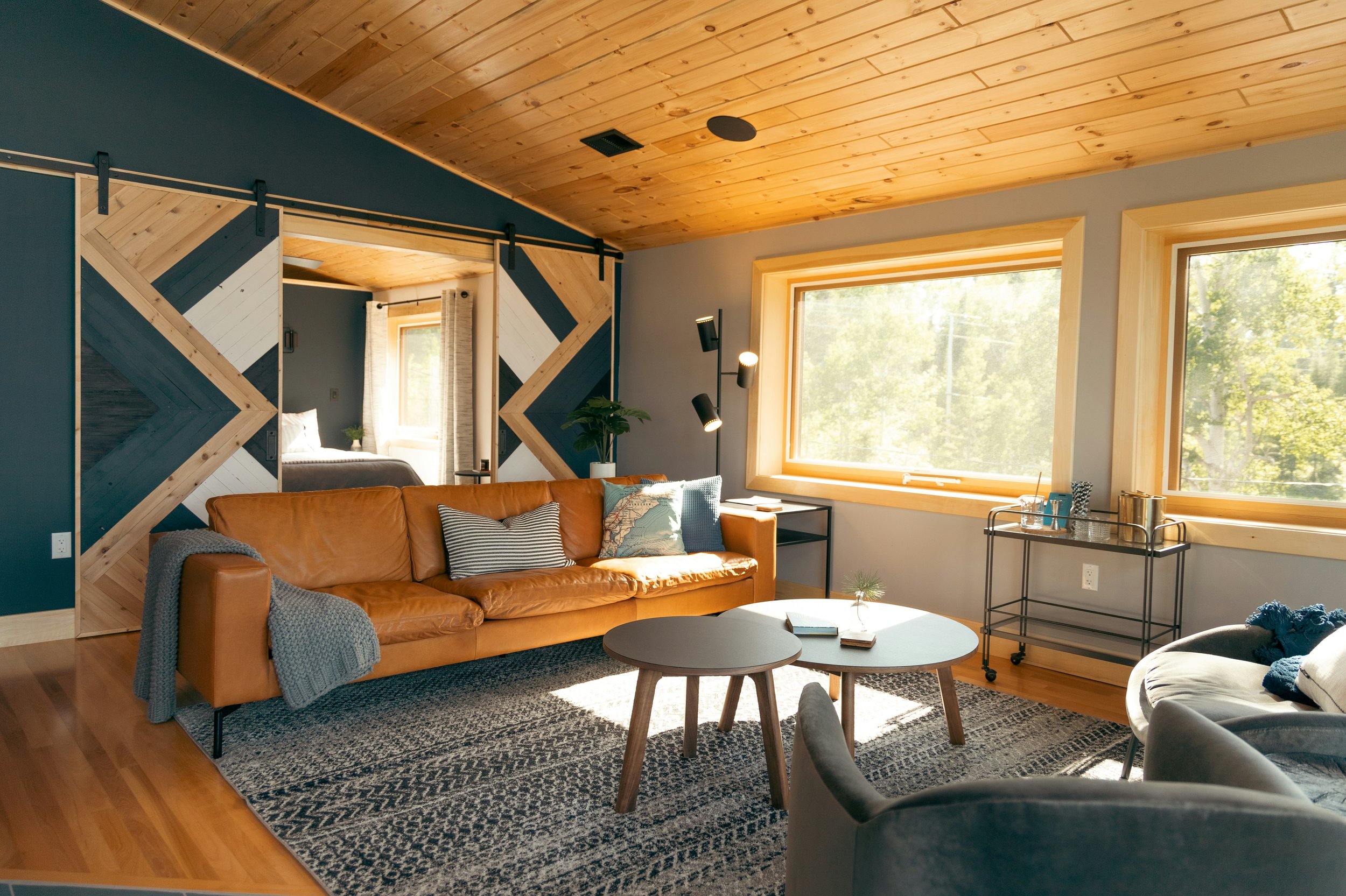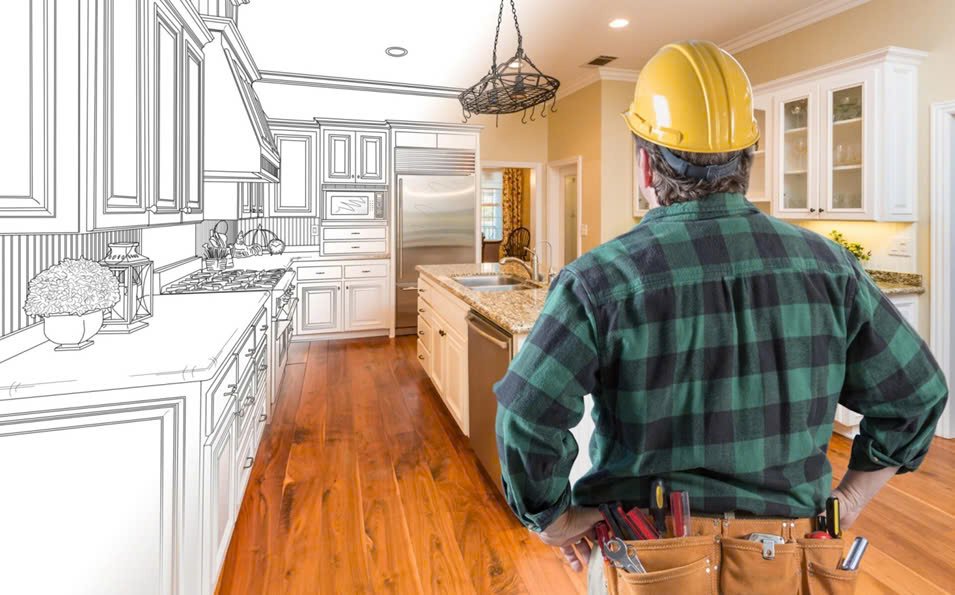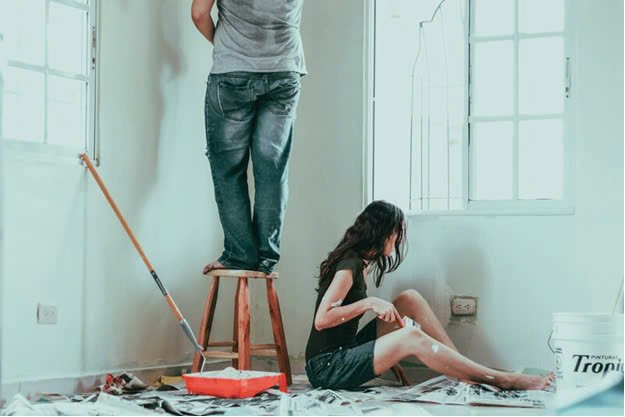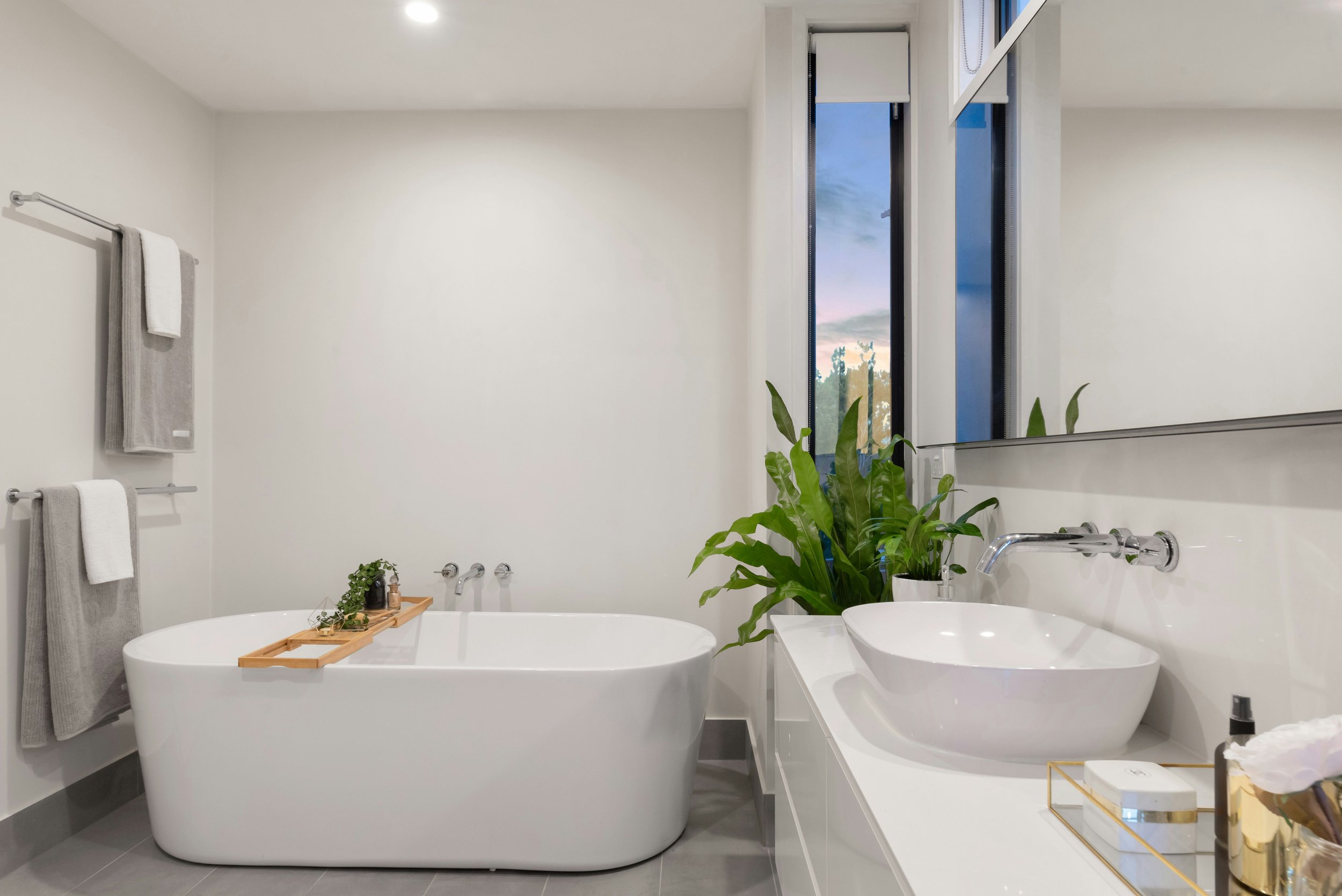The Best Home Remodeling Projects to Consider Post-Foundation Work
Explore the best home remodeling projects to undertake after completing foundation work, ensuring a stable and stylish home renovation.
After you've done foundation work on your house, it's a great time to consider other improvements. Your home is now more stable, so you can safely make changes that will improve it. There are many smart choices for what to do next. Some improvements can help protect your house from future problems. Others can make your home more comfortable or increase its value. Choosing projects that work well with your newly repaired foundation is important. This blog will explain the best home improvements to consider after foundation work. We'll look at projects that are practical, valuable, and can really enhance your living space.
Check Your House's Foundation Before Remodeling
When you want to update your home, it's important to make sure the base of your house is strong first. Here are some things to look for that might mean your house needs foundation repairs:
Wall and Floor Cracks: Look at your walls and floors. Small cracks are normal in most houses. But if you see cracks getting bigger or new cracks appearing, this could mean trouble. Cracks in concrete floors are more serious. If you see these, call a reliable expert to check them out.
Spaces Between Counters and Walls: Look where the counters meet the wall in your kitchen. There shouldn't be any gaps. If you see spaces here, it might mean your house is shifting. This shifting can happen when the foundation has problems.
Floors That Aren't Even: Walk around your house and observe how the floor feels under your feet. If some areas feel like they are slopey or the floor seems bouncy, this could be a sign of foundation issues. Floors should be flat and solid.
Doors and Windows That Stick: Try opening and closing your home's doors and windows. They should move easily. If they suddenly become hard to open or close or don't fit in their frames like they used to, this might mean your house has shifted. This shifting often happens because of foundation problems. If you notice these issues, a trusted house leveling company like Above All Foundation Repair can help restore stability to your home, ensuring it’s ready for remodeling.
Home Improvements After Foundation Work
Once your home's foundation has been fixed, you might be eager to tackle some other improvements. Here are seven popular projects homeowners often undertake after foundation work:
1. Fix Walls
Foundation issues often cause wall cracks. Now that your foundation repair is complete, it's time to address these. These cracks can vary from a hairline to more significant gaps. It's important to properly assess the damage before starting repairs. Fill in cracks, smooth out the drywall, and repaint affected areas. This process might involve using joint compound, sanding, and applying primer before the final paint. However, wait a few weeks before starting, as your house may still settle slightly. This waiting period allows any minor shifts to occur, reducing the chance of new cracks forming after your repairs.
2. New Floors
While structural problems don't usually damage floors directly, many homeowners use this opportunity for an upgrade. This can significantly improve the look and value of your home. Hard flooring like tile or hardwood works best on your newly leveled base. These materials require a flat, stable surface to prevent cracking or shifting over time. Softer options, like carpet, can be installed anytime. Carpet is more forgiving of minor imperfections in the subfloor, making it a versatile choice.
3. Door and Window Tune-Up
After structural work, doors and windows might not align properly. This misalignment can cause issues with security and energy efficiency. You may need to adjust hinges, sand down edges, or, in some cases, completely rehang them. For doors, you might also need to adjust the strike plate or doorframe. This ensures they open, close, and lock correctly. Proper alignment also helps maintain a good seal, keeping out drafts and moisture.
4. Window Sealing
Inspect the caulk around your windows. Structural movement can stretch or crack old sealant, leading to air and water leaks. Check both interior and exterior seals. Remove any damaged caulk and apply fresh sealant to prevent drafts and water infiltration. Use a high-quality, flexible caulk that can withstand temperature changes and minor movements. This simple task can significantly improve your home's energy efficiency and protect against water damage.
5. Replace Broken Tiles or Bricks
Check for cracked tiles in your bathroom, kitchen, or floors. These cracks can be unsightly and potentially dangerous if left unaddressed. Look at brick surfaces, too, like fireplaces. Damaged bricks can be a fire hazard if not repaired. You might only need to replace a few damaged pieces, or you could use this chance to update the entire area with a new design. When replacing, ensure you match the grout color and texture for a seamless look.
6. Fix Drainage
Proper water drainage is crucial to preventing future structural issues. Poor drainage can undo the benefits of your recent repairs. Ensure your gutters are clean and direct water away from your home. Consider installing gutter guards to keep debris out and water flowing freely. You might need to regrade your yard or install French drains to keep water from pooling near your house. These measures help maintain soil stability around your home's base.
7. Big Remodel
If you've been considering a major renovation, the period after foundation repair is an ideal time. Your newly stabilized house provides a solid base for significant changes. This could include knocking down walls, adding rooms, or completely redesigning your living space. A major remodel can address multiple issues at once, potentially saving time and money in the long run. Remember to work with licensed contractors who understand the importance of maintaining your home's structural integrity during renovations.
Why You Should Hold Off On Home Renovations After Fixing Your Foundation
Your house needs time to adjust after foundation work. This adjustment can affect different parts of your home, including:
Plumbing: When your foundation is repaired, the pressure on your pipes changes. This can cause hidden leaks to appear, especially in older plumbing systems. The once compressed or stretched pipes might now be in a different position, leading to potential weak spots or breaks.
Roof: Foundation repair often involves leveling your house. This can put new stress on your roof structure. You might notice new leaks or see shingles that suddenly don't lie flat. This is because the roof, which had adapted to the old, uneven foundation, now has to readjust to the corrected angle of your house.
Doors and Windows: After repairing your home's foundation, your walls may shift slightly during the settling period. This can cause doors and windows that seemed fine before to stick, not close properly, or develop gaps. It's best to wait until this settling is complete before replacing or adjusting these fixtures.
Floors: The ground beneath your house continues to settle after foundation work. If you install new flooring too soon, you might end up with uneven areas, gaps, or bulges as the house finishes adjusting. This is especially true for rigid flooring like tile or hardwood.
Conclusion
After fixing your home's foundation, thinking about other improvements is exciting. But remember, your house needs time to settle. Wait a few weeks before starting any projects. Once you're ready, focus on fixing wall cracks, adjusting doors and windows, and checking for any tile or brick damage. It's also smart to improve your drainage to prevent future problems. If you've been dreaming of a big remodel, now could be the perfect time. Just remember to work with experienced foundation professionals who understand how to preserve your home's new stability. With patience and careful planning, you can turn your newly stable house into the home of your dreams.












